Can UPS be used with a generator?
Yes, absolutely. Uninterruptible Power Supply (UPS) systems can and should be used with generators to create a comprehensive power protection solution. This combination forms what industry professionals recognize as a robust ups and generator backup system, providing seamless power continuity during utility outages. When properly configured, these systems work in tandem to eliminate any gap in power supply, ensuring critical equipment remains operational through both brief power interruptions and extended outages. Understanding how to integrate these components correctly is essential for achieving optimal performance and reliability in mission-critical applications.

System Operational Principles
The synergy between UPS and generator systems follows a carefully orchestrated sequence:
Power Transition Sequence:
Utility power failure triggers immediate UPS battery operation
Generator receives start signal and begins automatic startup
UPS continues powering loads during generator ramp-up
Generator stabilizes and assumes the load
UPS returns to normal operation, now powered by the generator
Component Roles:
UPS provides instantaneous power during the first seconds of outage
Generator supplies extended runtime for prolonged outages
Automatic Transfer Switch (ATS) manages source switching
Power conditioning equipment ensures clean generator output
System Integration:
Communication protocols between UPS and generator controls
Synchronization of voltage and frequency parameters
Load sequencing to prevent generator overload during startup
Monitoring systems for performance verification
This integrated approach to ups and generator backup ensures no single point of failure compromises your critical power supply.
Key Advantages and Benefits
Combining UPS with generator systems delivers significant operational benefits:
Zero Interruption Power:
Eliminates power gaps during utility-to-generator transition
Prevents data loss and equipment damage from brief outages
Maintains operational continuity for sensitive processes
Enhanced Equipment Protection:
Filters generator-born power anomalies and harmonics
Provides stable power quality for sensitive electronics
Protects against both short and long-duration power issues
System Reliability:
Redundancy in power backup systems
Graceful degradation during component failure
Simplified maintenance scheduling without downtime
Operational Flexibility:
Scalable power runtime based on fuel availability
Adaptable to changing load requirements
Modular expansion capabilities
Technical Compatibility Considerations
Successful integration requires addressing several technical factors:
Generator Output Quality:
Voltage regulation within ±1% for optimal UPS operation
Frequency stability maintained within ±0.5 Hz
Low harmonic distortion (typically <5% THD)
Stable waveform without significant distortion
UPS Input Requirements:
Input voltage and frequency tolerance specifications
Inrush current management during generator startup
Power factor correction capabilities
Bypass operation compatibility with generator power
Synchronization Requirements:
Phase matching between power sources
Transfer timing coordination
Load bank considerations for generator testing
Grounding and bonding consistency
Properly addressing these technical aspects ensures your ups and generator backup system operates reliably under all conditions.
System Configuration Best Practices
Implementing an effective combined system requires careful planning:
Capacity Planning:
Size generator for UPS load plus future expansion
Account for UPS efficiency losses in generator sizing
Consider nonlinear load characteristics
Include battery charging requirements in load calculations
Installation Requirements:
Adequate ventilation for both UPS and generator systems
Proper clearances for maintenance access
Environmental controls for optimal performance
Secure location with appropriate access restrictions
Electrical Integration:
Proper wire sizing and circuit protection
Grounding per manufacturer specifications
Surge protection at all interconnection points
Communication wiring between system components
Testing and Commissioning:
Sequential startup and integration testing
Load bank testing with full system operational
Failure scenario simulation and response verification
Documentation of all system parameters and settings
Common Challenges and Solutions
Voltage and Frequency Variations:
Install generator with electronic governor for better speed control
Use UPS systems with wide input voltage and frequency windows
Implement power conditioning equipment where necessary
Transfer Timing Issues:
Coordinate UPS transfer and generator start sequences
Adjust ATS timing to match system characteristics
Install closed transition transfer switches where appropriate
Maintenance Considerations:
Schedule coordinated maintenance windows
Implement remote monitoring for proactive maintenance
Maintain adequate spare parts inventory
Develop comprehensive testing protocols
Implementing a well-designed ups and generator backup system requires addressing these potential challenges during the design phase rather than as afterthoughts.
Cost-Benefit Analysis
Initial Investment:
Higher upfront costs for integrated system design
Professional engineering and installation services
Quality components with appropriate specifications
Operational Economics:
Reduced downtime costs through improved reliability
Lower equipment replacement costs from power quality issues
Extended equipment life through proper power conditioning
Insurance premium reductions in some cases
Return on Investment:
Typical payback periods of 1-3 years for critical operations
Quantifiable value of prevented downtime and data loss
Improved operational efficiency and customer confidence
Industry Application Examples
Data Center Applications:
Tier III and IV data center power architectures
N+1 redundant system configurations
2N power distribution designs
Continuous cooling system support
Healthcare Facilities:
Life safety system power requirements
Medical equipment protection needs
Regulatory compliance considerations
Emergency operation capabilities
Industrial Applications:
Process control system protection
Manufacturing line continuity
Safety system reliability
Production quality maintenance
The specific implementation of ups and generator backup varies by industry but follows the same fundamental principles of reliability and seamless operation.
Conclusion
Integrating UPS systems with generators creates a comprehensive power protection solution that leverages the strengths of both technologies. This approach ensures seamless power continuity through brief interruptions and extended outages, protecting critical equipment and maintaining operational continuity. Proper design, installation, and maintenance are essential for achieving the full benefits of this integrated approach to power reliability.
Our power systems experts can help you design and implement the optimal UPS and generator combination for your specific requirements. Contact us at skala@whjlmech.com for professional guidance in creating your complete power protection solution.
References
- International Electrotechnical Commission. (2023). IEC 62040: Uninterruptible power systems (UPS). Geneva: IEC.
- Institute of Electrical and Electronics Engineers. (2023). IEEE Standard 446: Recommended Practice for Emergency and Standby Power Systems. New York: IEEE.
- National Fire Protection Association. (2023). NFPA 110: Standard for Emergency and Standby Power Systems. Quincy: NFPA.
- Johnson, M. (2022). Emergency Power Systems: A Comprehensive Guide to High-Speed Diesel Generators. Power Engineering Quarterly, 45(3), 78-92.
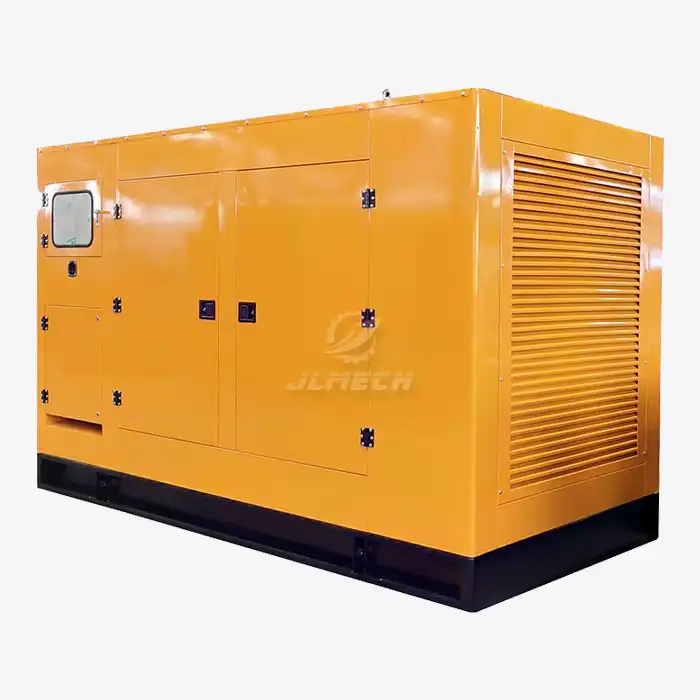 VIEW MOREAgricultural diesel power unit
VIEW MOREAgricultural diesel power unit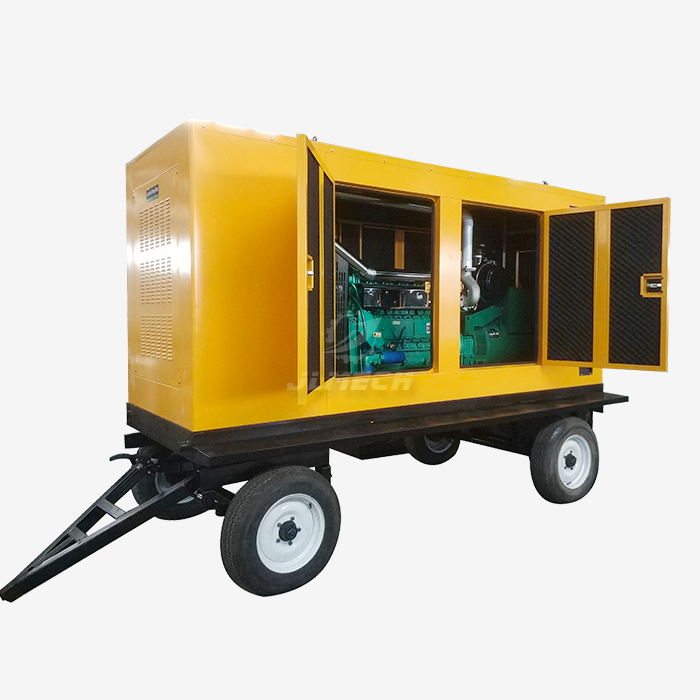 VIEW MORETrailer Type diesel generator
VIEW MORETrailer Type diesel generator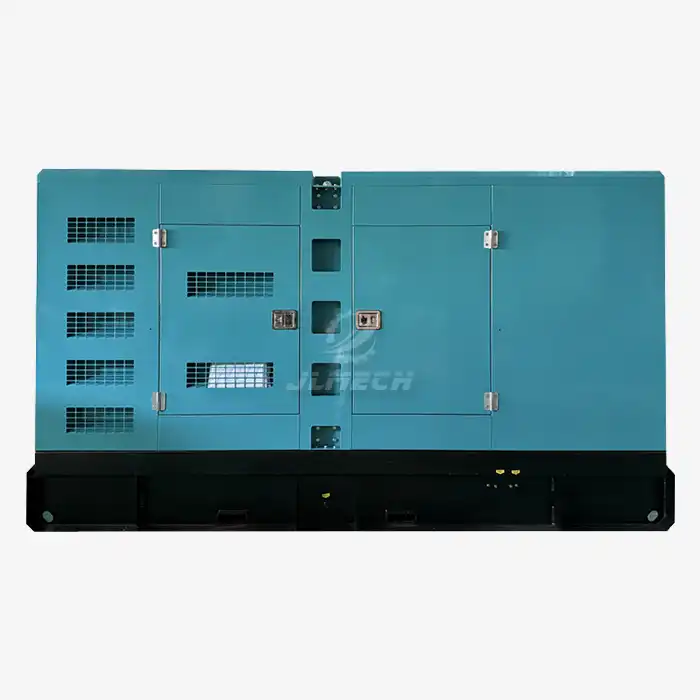 VIEW MORENew 4 Cylinders Water Cooled Diesel Generator Set
VIEW MORENew 4 Cylinders Water Cooled Diesel Generator Set VIEW MOREOpen Frame Diesel Generator
VIEW MOREOpen Frame Diesel Generator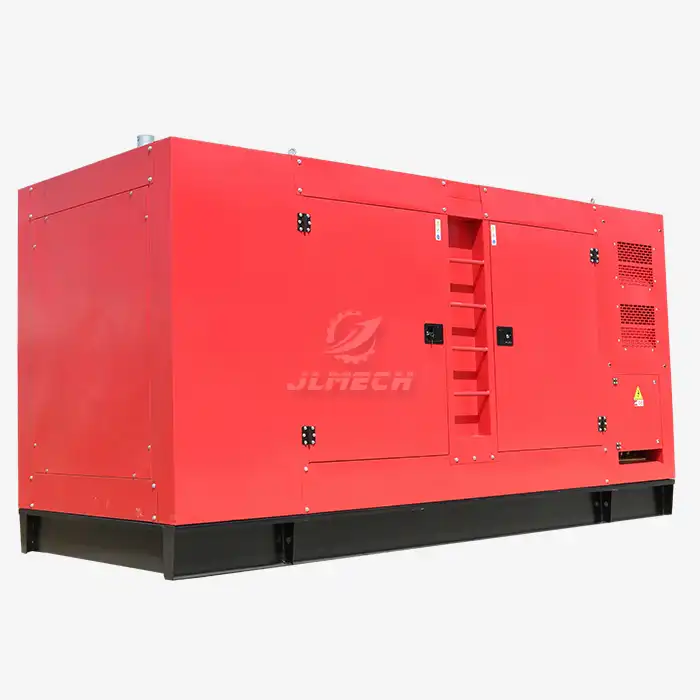 VIEW MORE100kVA Silent Diesel Generator
VIEW MORE100kVA Silent Diesel Generator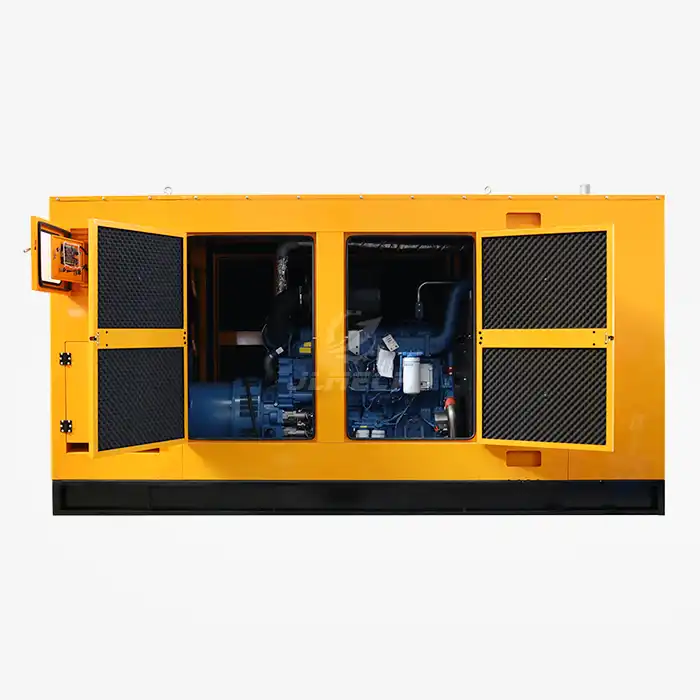 VIEW MORECustomize diesel generator set
VIEW MORECustomize diesel generator set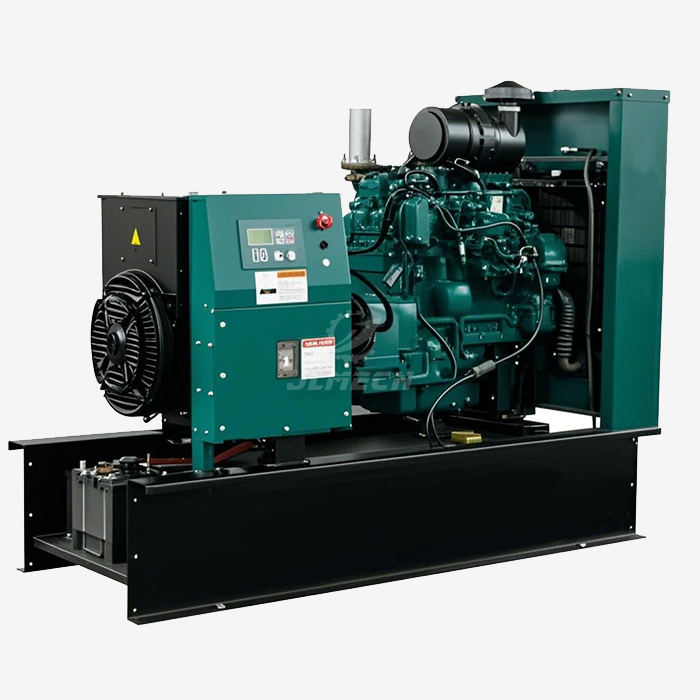 VIEW MORE25kva kubota diesel generator
VIEW MORE25kva kubota diesel generator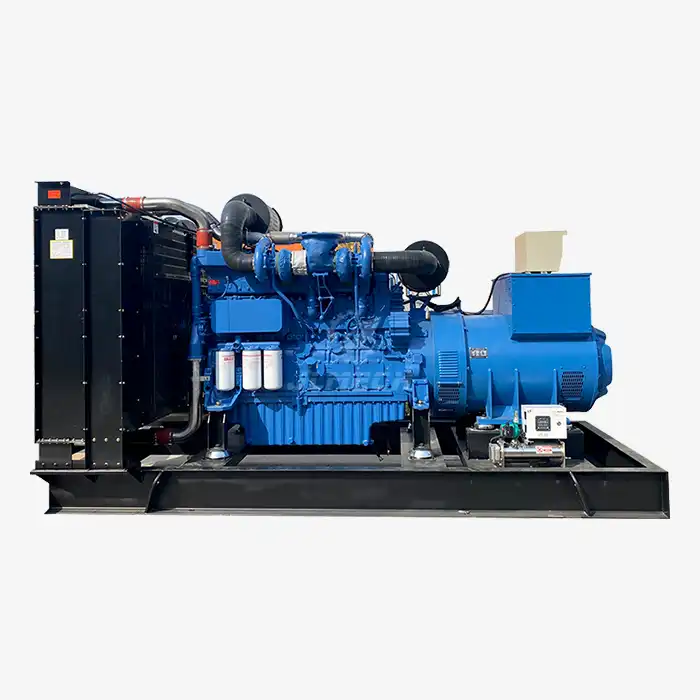 VIEW MORE220v diesel generator
VIEW MORE220v diesel generator



